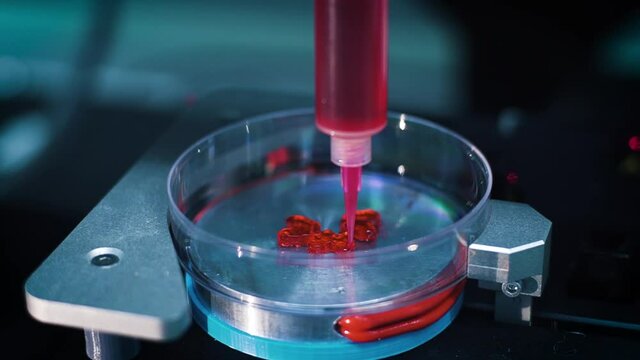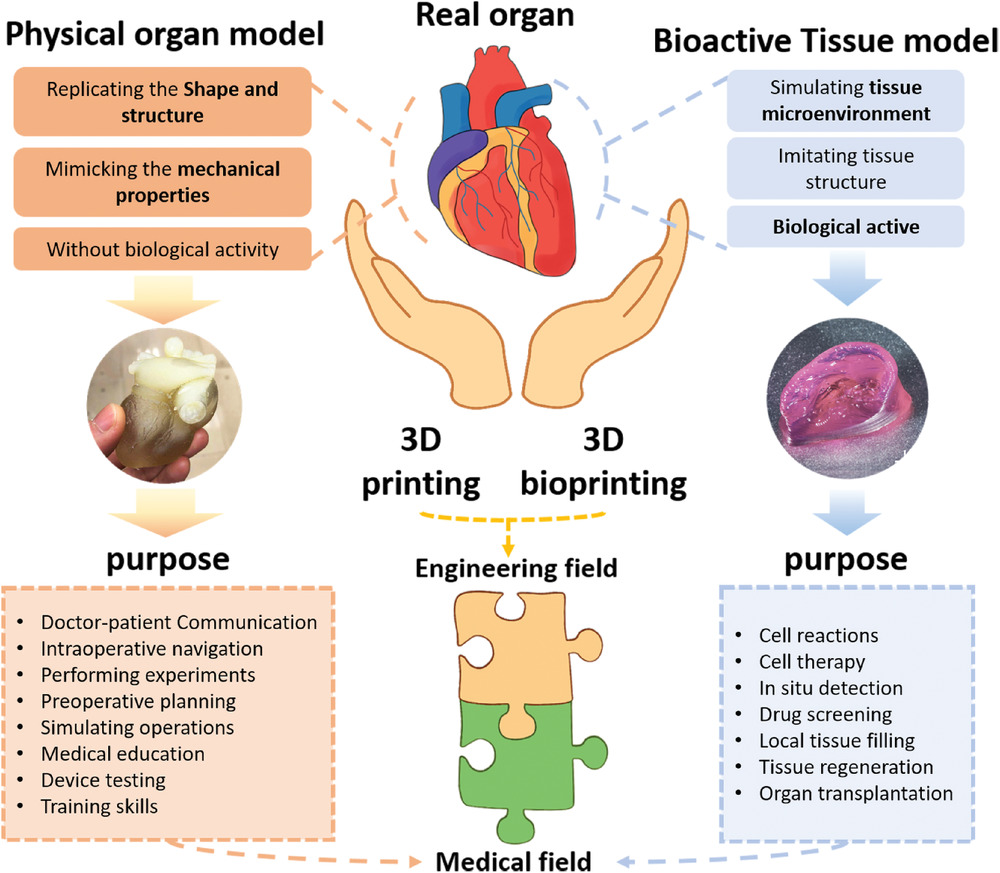3D organ bioprinting with polymers : all you need to know
In the context of bioprinting, 3D printers use bioinks to print 3D organs which are prototypically similar to real organs. These 3D-printed organ-like structures have the potential to be used in vivo as organ transplants or in vitro in the
An insight into applications and future perspectives of 3D bioprinting
Traditional tissue engineering methods showed limited success in the fabrication of complex 3D shapes resulting in non-feasible clinical applications. Over the past decade, 3D bioprinting technology emerged as a powerful tool in the field of tissue engineering to fabricate personalized
What are the types of 3D bioprinting technologies?
Three-dimensional (3D) bioprinting uses 3D printing–like techniques to combine cells, growth factors, and other biomaterials to fabricate biomedical structures to imitate natural tissue characteristics. 3D bioprinting uses a layer-by-layer method to deposit bioinks to create tissue-like structures that are later
What is 3D bioprinting and how does it work?
3D bioprinting or bioprinting is an additive manufacturing process that uses organic and biological materials such as living cells and nutrients as bioinks to combine and create artificial structures that imitate natural human tissues. Charles Hull was the first one





